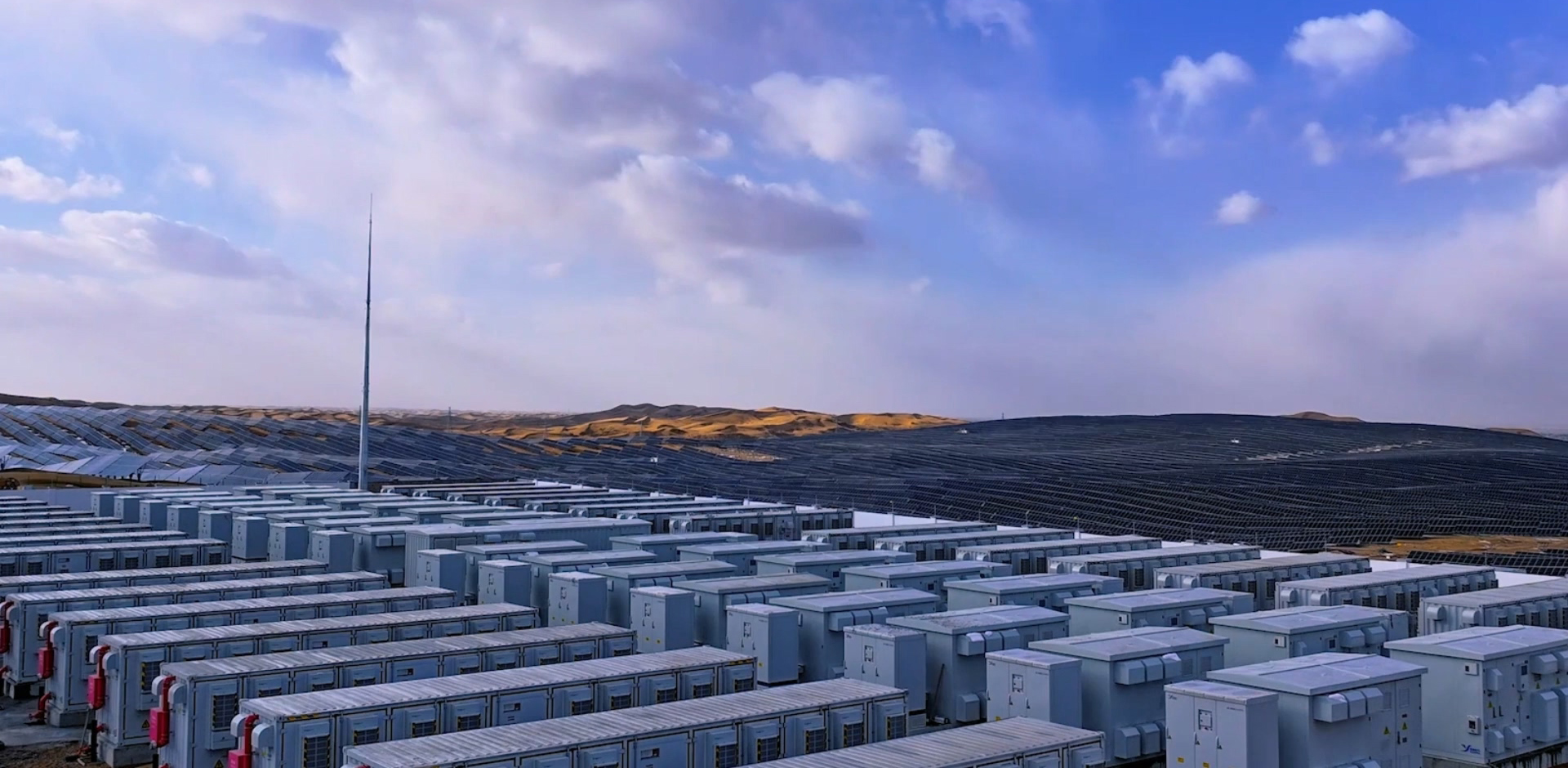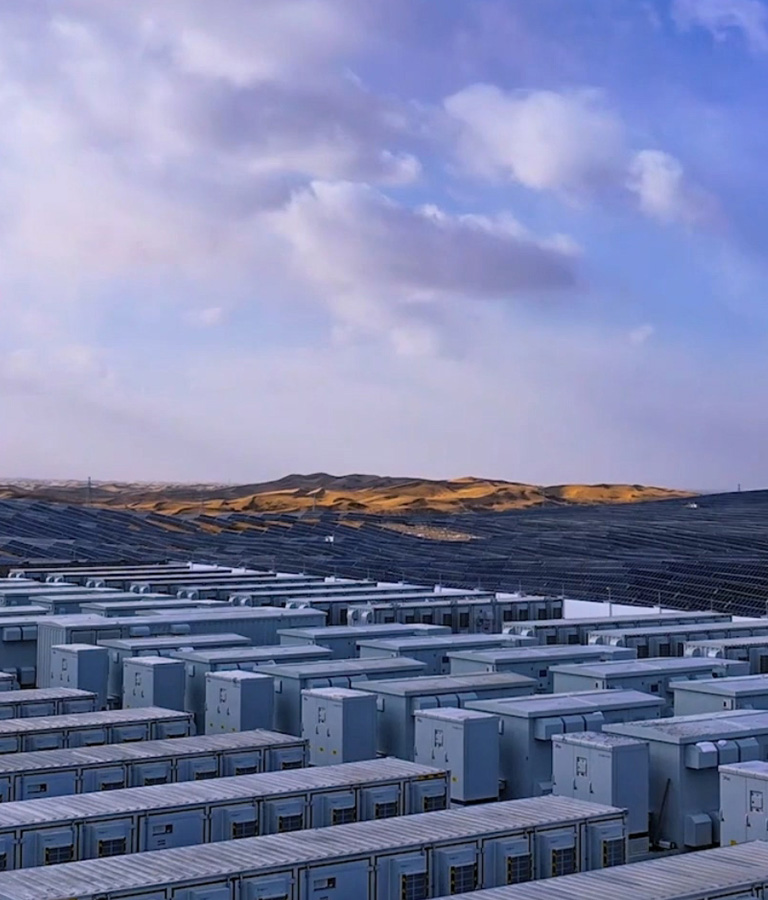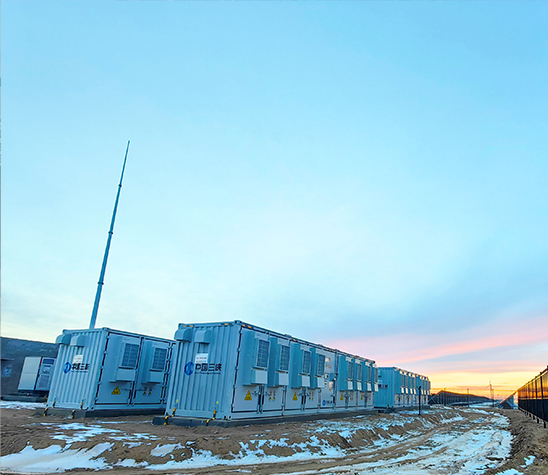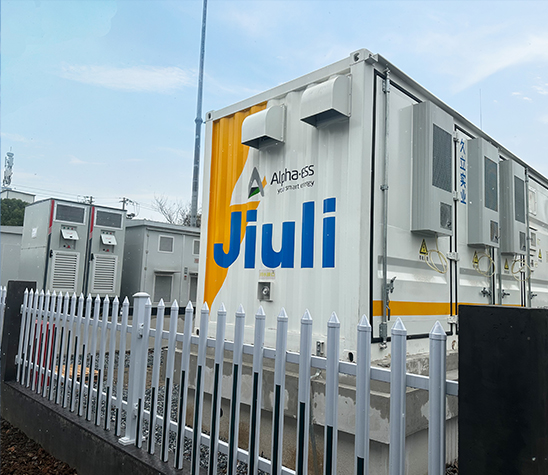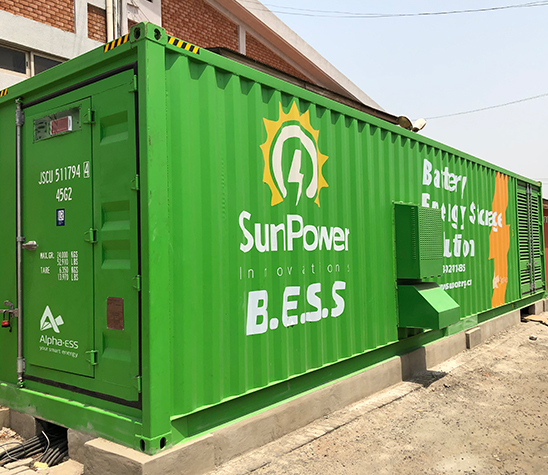UTILITY-SCALE SOLUTIONS
AlphaESS utility-scale solutions integrate with wind and solar power to enhance clean energy self-consumption and stabilize supply-demand fluctuations. Combined with smart energy management and IoT technologies, they drive the energy transition and support global carbon neutrality goals.
ADVANTAGES




FREQUENTLY ASKED QUESTIONS
-
Q:
What are the typical application scenarios for a utility-scale energy storage system?
A:AlphaESS utility-scale ESS is designed for large-scale power systems and infrastructure applications, including renewable energy plant integration, grid frequency and peak regulation, capacity support, energy trading in wholesale or spot markets, microgrid supply, and off-grid deployments in remote areas. These systems are ideal for scenarios that require high power, large capacity, and extended-duration storage to enhance grid flexibility and resilience.
-
Q:
How do I determine the right system size and configuration for my utility-scale project?
A:AlphaESS provides customized system design based on your project objectives—whether it's frequency regulation, capacity market participation, renewable smoothing, or off-grid operation. We consider discharge duration, response speed, dispatch frequency, and revenue model to recommend the optimal solution. Our utility-scale products range from 1MWh to 100MWh+ systems, featuring liquid cooling, high integration, modular architecture, and intelligent control.
-
Q:
What are the main revenue streams for utility-scale energy storage systems?
A:Key revenue sources include:
Grid ancillary services (e.g., frequency regulation, spinning reserve, black start)
Renewable energy integration to enhance output stability and grid compatibility
Participation in capacity markets or spot electricity trading platforms
Deferring investments in transmission and distribution infrastructure
Microgrid or islanded grid applications providing autonomous power and frequency control
-
Q:
What are the site and installation requirements for a utility-scale ESS project?
A:We offer multiple deployment formats including liquid-cooled containerized solutions, prefabricated cabin designs, and distributed modular systems to suit various terrains and climates. Installation requires basic conditions such as structural load capacity, fire access, cable routing, grid connection capability, and voltage compatibility.
-
Q:
How is grid integration and dispatch managed? Does the system support communication with grid operators?
A:AlphaESS utility-scale systems are fully compatible with mainstream grid communication protocols, enabling seamless integration with utility SCADA and control systems. The built-in EMS platform supports real-time dispatch, strategy execution, bidirectional communication, and cloud-based system management. It can also integrate with customers' proprietary energy management platforms for unified control.
-
Q:
Is system operation and maintenance (O&M) complex? How is long-term reliability ensured?
A:Despite the large scale, AlphaESS ensures efficient and intelligent O&M through digital tools and a modular hardware architecture. Our comprehensive service includes:
24/7 remote monitoring and smart fault alerts
Automated diagnostics with maintenance recommendations
Swappable modules for rapid replacement and expansion
Periodic system health reports and lifecycle assessmentsIn addition, AlphaESS provides localized service teams globally to deliver on-site inspection, training, and responsive technical support throughout the project lifecycle.



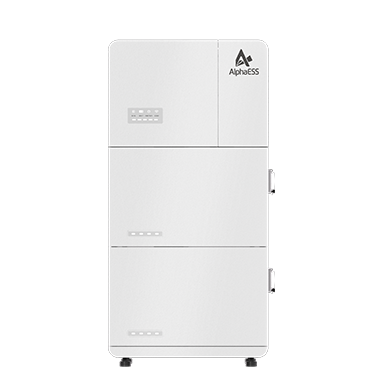
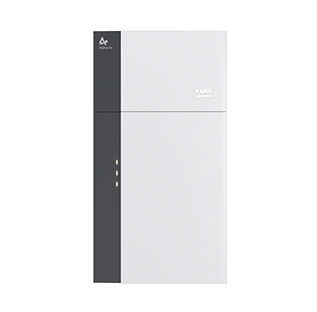
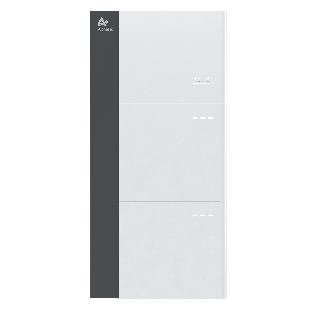
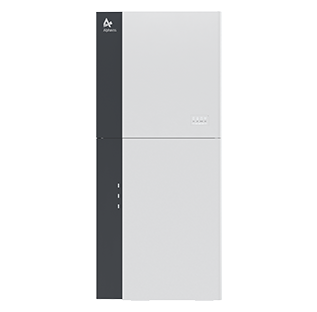
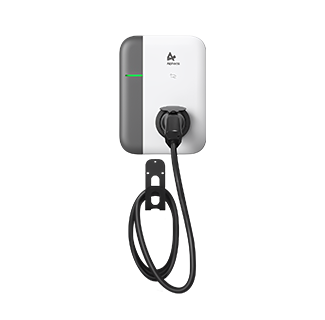
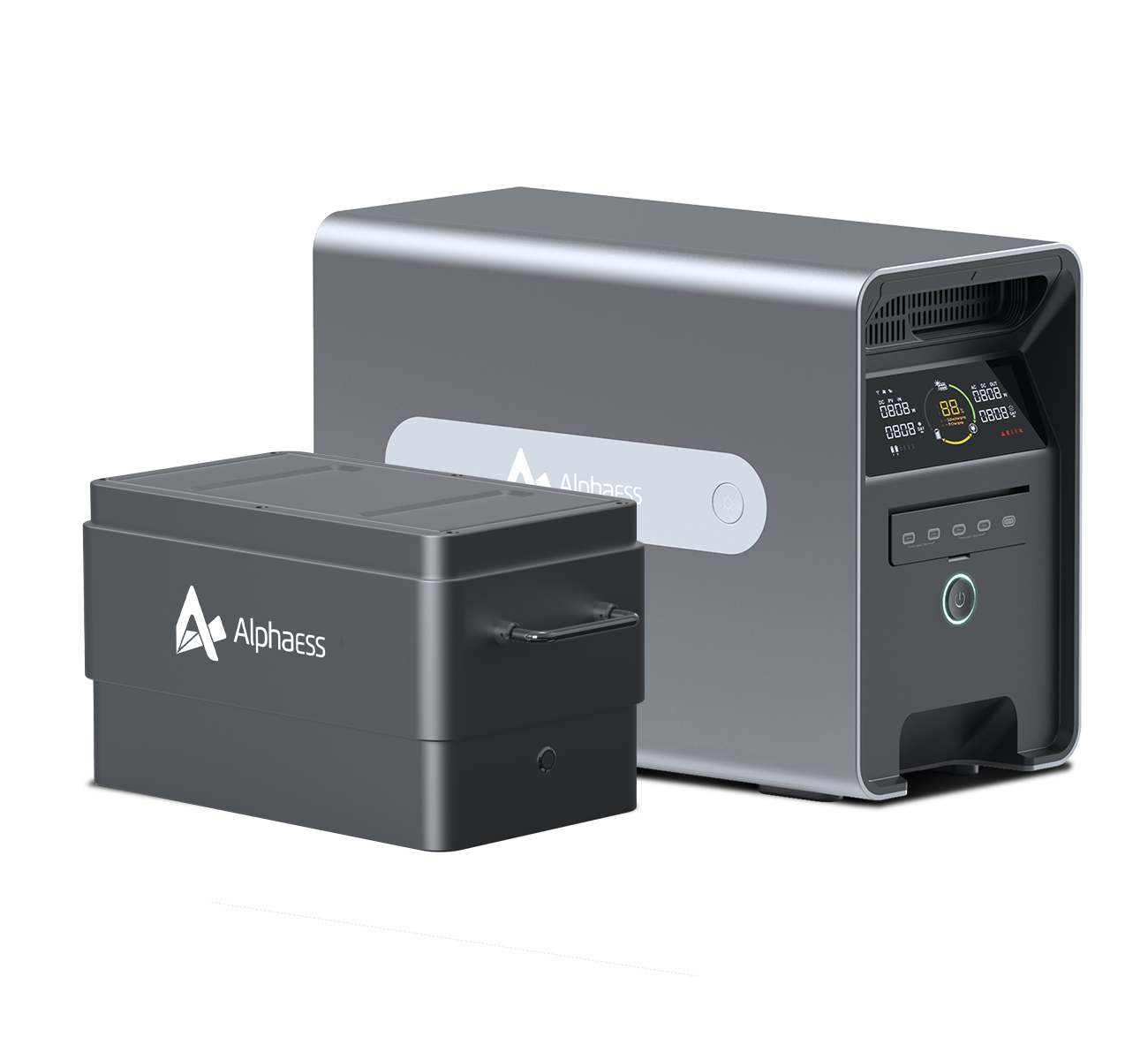
.png)
(3).png)
(2).png)
(545x562xiangsu)(2).png)

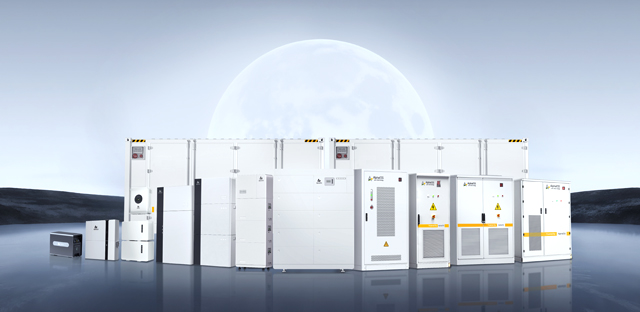
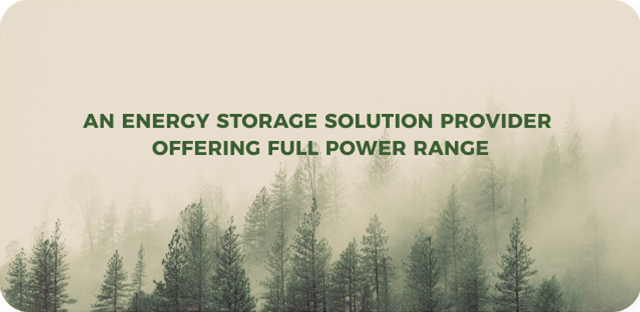
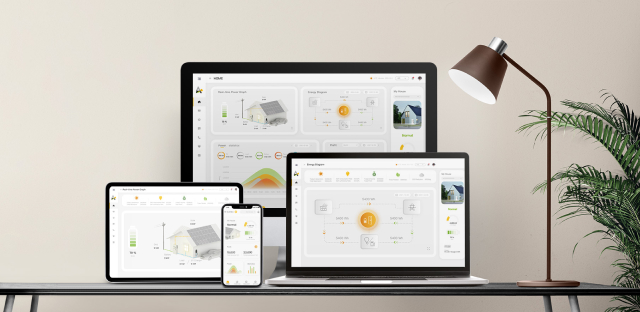
.svg)












